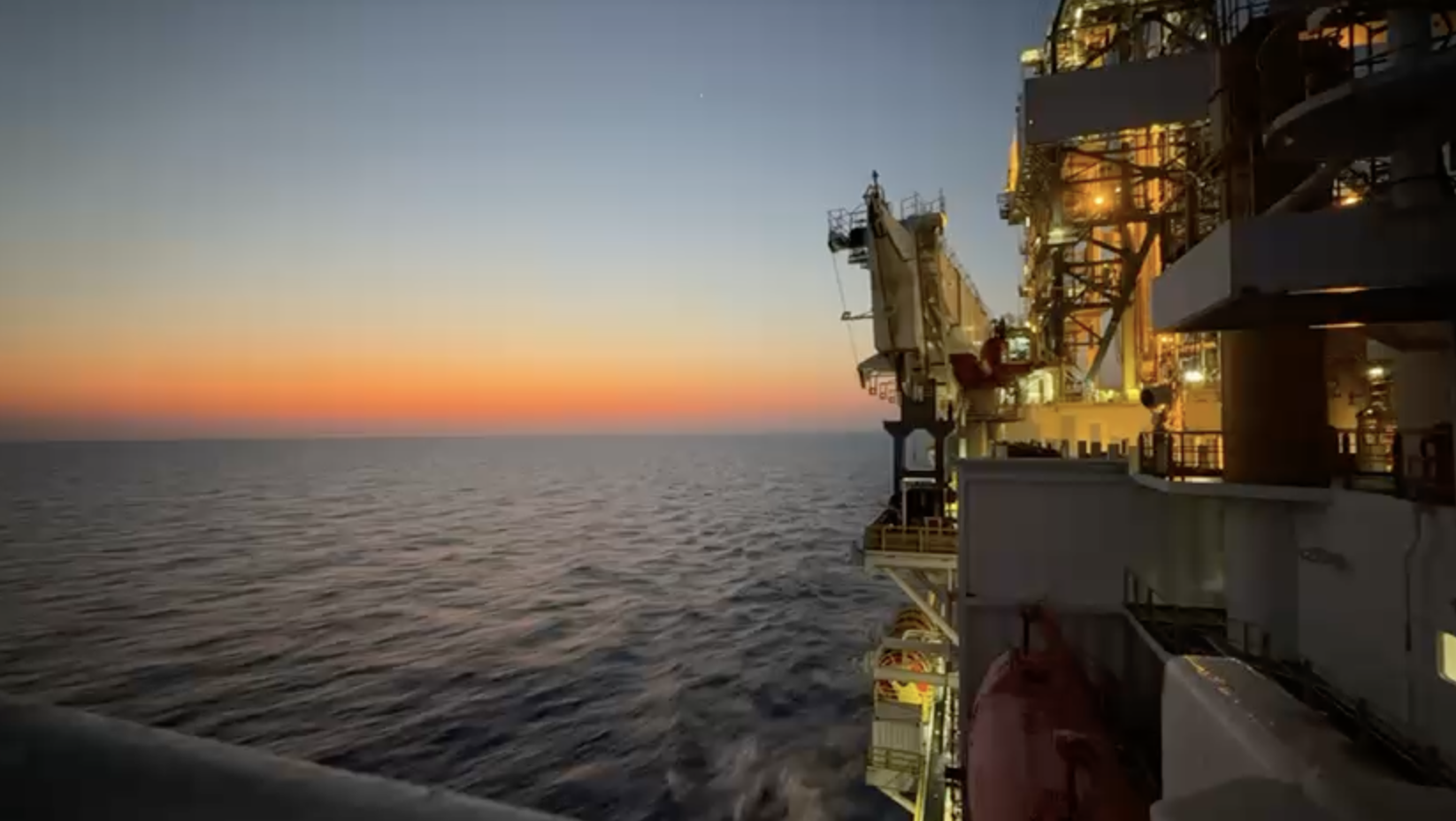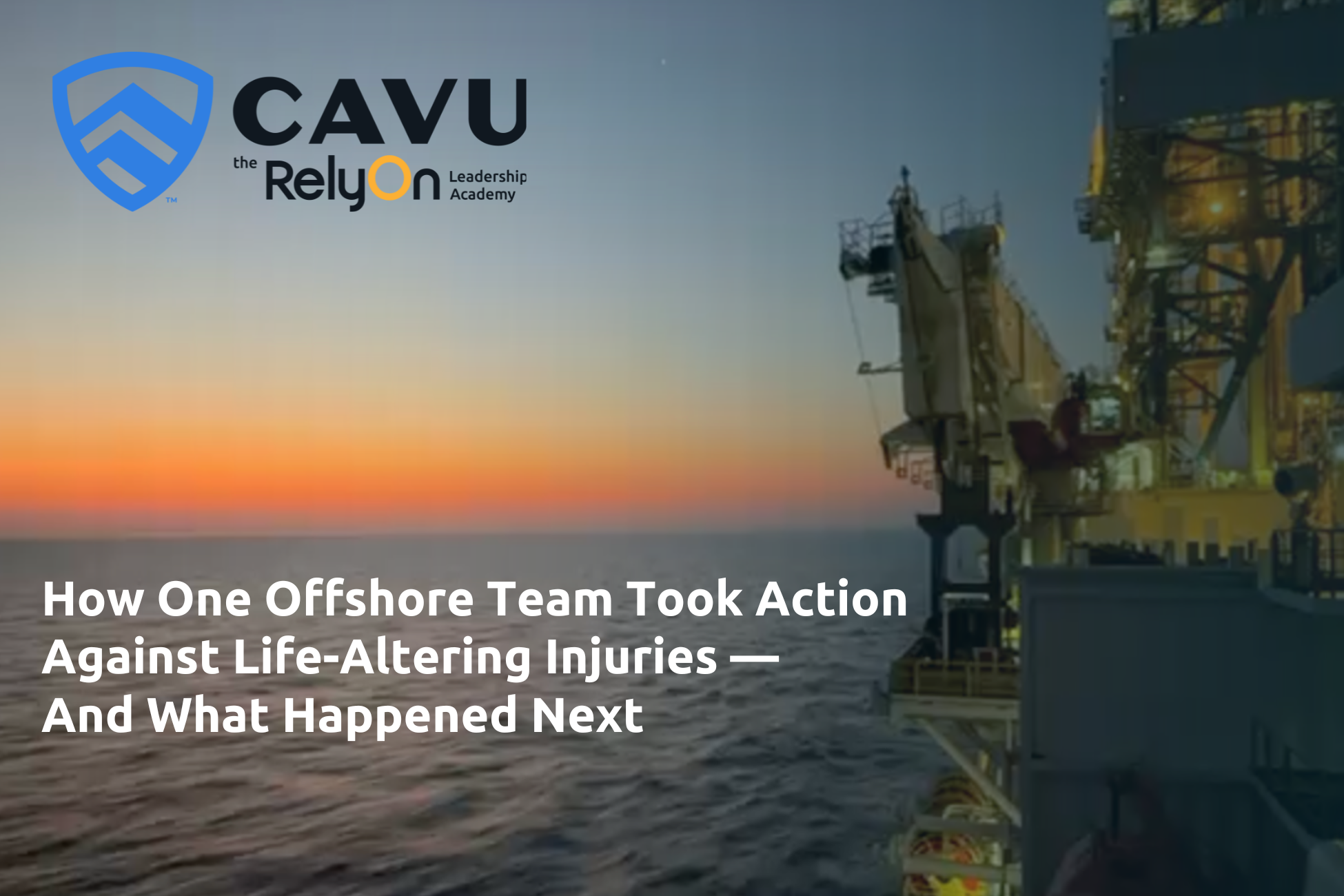

close



When a client came to CAVU with a critical goal — to eliminate life-altering injuries (LAIs) and fatalities — we knew that technical checklists alone wouldn’t move the needle. Cultural change, grounded in human performance principles, would be essential.
Our focus began where the risks were highest: the drill floor, deck crew, marine and engineering teams, subsea operations — anywhere workers were exposed to serious hazards.
CAVU partnered with leaders and front-line crews to build trust and drive change. Together, we rolled out a safety initiative centered on two vital communication moments: the pre-job briefing and the post-job debrief.
But we didn’t stop at reviewing the job plan. We helped teams implement a standard briefing structure that highlighted the Life Saving Rules and Actions (LSRAs) — the critical actions tied to hazards that could seriously injure or kill. With that clarity, crews could have meaningful conversations using open-ended questions and two-way dialogue to surface risks and develop ways to eliminate or mitigate them.
We also introduced planned hold points and Stop the Job (STJ) criteria — built-in pauses for reassessment if conditions changed or concerns arose. This gave workers the psychological safety and operational authority to speak up before it was too late.
And when the job was done, we coached teams to reflect with intention: What went well? What could have gone better? These simple but powerful questions sparked learning that traveled between shifts and across crews — strengthening the safety culture from the inside out.
This engagement was more than a program. It was a transformation.
👉 Curious about the impact? Stay tuned. We’re preparing a full case study to show what happened when human performance met operational risk head-on — and how this offshore client changed the trajectory of their safety outcomes.